FS Colour Series: Tile Blue Linen inspired by Henri Matisse’s Oceanic Light
The cool, aquatic turquoise of Tile Blue Linen adorned many of Henri Matisse’s brilliantly colourful artworks, investing in them a fresh, oceanic light. One of the most prolific and inventive artists of all time, Matisse’s long, successful career spanned nearly an entire century and covered a huge variety of techniques, from drawing and painting to printmaking, collage, sculpture, and design. But uniting these diverse strands was a lifelong obsession with the emotive and expressive possibilities of colour. Aqua Blue was one of his favourites, invoking his internal response to the coastal light of Southern France where he spent most of his adult life. He observed, “Colour helps to express light, not the physical phenomenon, but the only light that really exists, that in the artist’s brain.”
Born in Le Cateau-Cambresis in Northern France in 1869, Matisse was the son of wealthy grain merchants. Bright and inquisitive, Matisse initially trained to become a lawyer, but following a severe case of appendicitis, he was forced to remain bedridden at home for several months. It was during his recovery in 1889 that Matisse first discovered art, and he was so smitten that by 1891 he had moved to Paris to study art at the Academie Julian, followed by the Ecole des Beaux Arts.
Though his art training was rigorous and academic, following graduation Matisse soaked up the progressive styles of Impressionism, Post-Impressionism and Pointillism, painting with dappled patterns of decorative, colourful brushstrokes. A turning point came in 1904 during a trip to the south of France, where turquoise blue sea and sky filled his mind’s eye with new possibilities. By 1905 Matisse had adopted a new and entirely radical approach to painting, with broad streaks and swipes of pure colour that would come to be known as Fauvism. In The Joy of Life, 1905, colour is unbridled and free, rippling and dancing with vibrancy across the canvas. Acidic shades of aqua blue adorn trees, grass and distant hills, before sweeping over and caressing the curved contours of his sinuous figures. The same fresh, watery blue swashes across the backdrop in The Green Stripe (La Raie Verte), 1905 with the sharp vitality of the Mediterranean Sea.
Matisse relocated from Paris to Nice in 1917, remaining there throughout the 1920s with his wife Amelie. In the 1930s and 1940s he separated from Amelie and relocated to Vence, establishing a home studio filled with a vast array of colourful and patterned collected antiquities from around the world, some bought from antique shops, others from his regular visits to North Africa. Interior with an Etruscan Vase, 1940 typifies his work of this era, as a lively studio scene is painted with fluid, wavering brushstrokes, and expressive dark outlines. The earthy, warm yellow ochre of a huge Etruscan vase pulls our eye in, but it is balanced by strands of greenish blues that colour lush, sprouting plants, flooding the scene with invigorating energy.
In the later years of his life Matisse discovered the joys of cut paper collage, producing endless reams of vibrantly toned arrangements featuring plants, figures and abstract slabs of colour. The focus in these studies was on simplicity, distilling the essence of objects down to their barest of bones. In Memory of Oceania (Souvenir d’Océanie), 1952– 1953, colour becomes pure feeling, invoking the spirit of time and place. A block of turquoise dominates the scene, as enduring and permanent as the sea, around which ripples of softer colours and organic shapes suggest the transient movement of weather and land. The Snail, 1953 is one of his most iconic collages and features the same reductive simplicity as cut shards of paper arranged into a circular formation suggest the gentle curve of a snail’s back. Brilliantly bright aqua blue brings sour, salty light across the arrangement, carrying with it memories of skies and seas from a distant beyond.





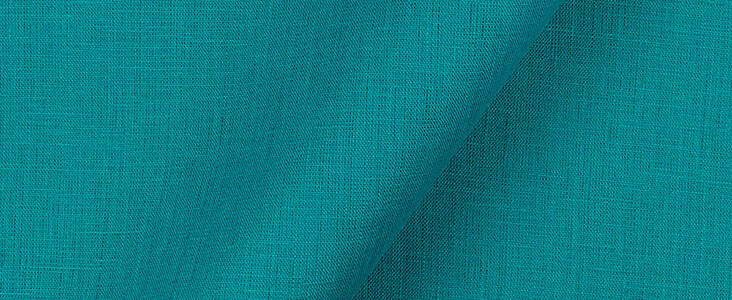
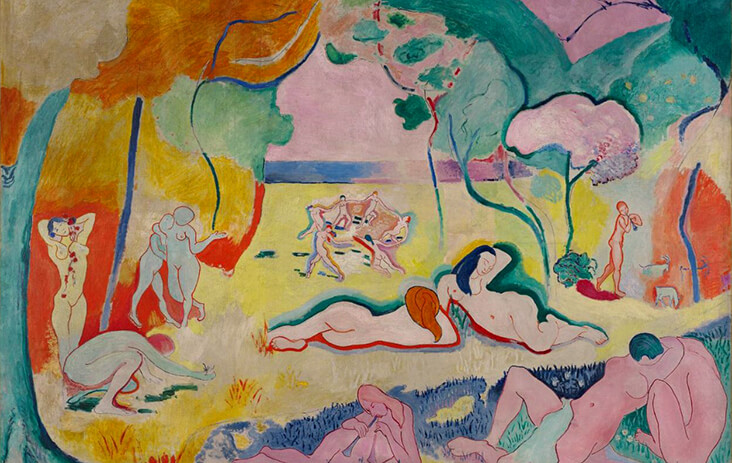
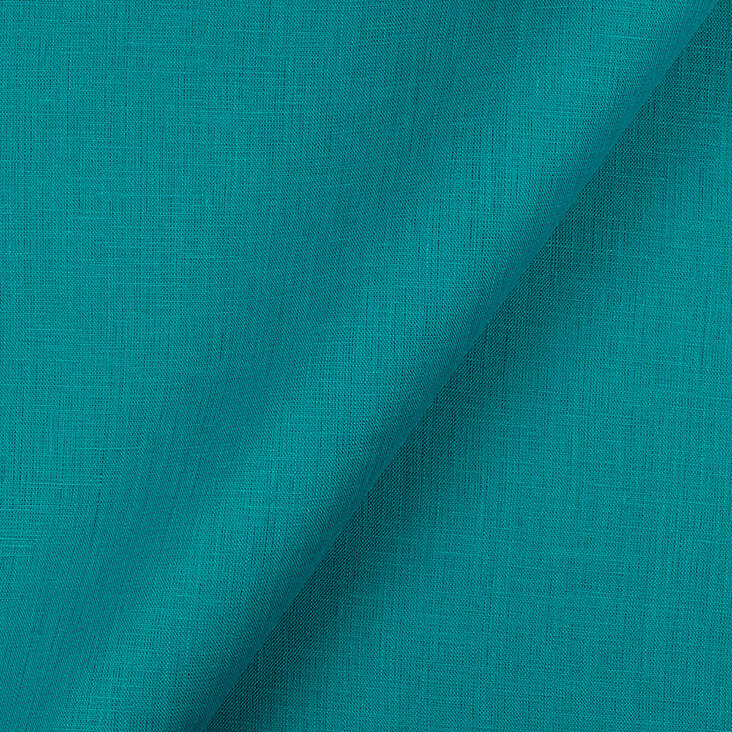
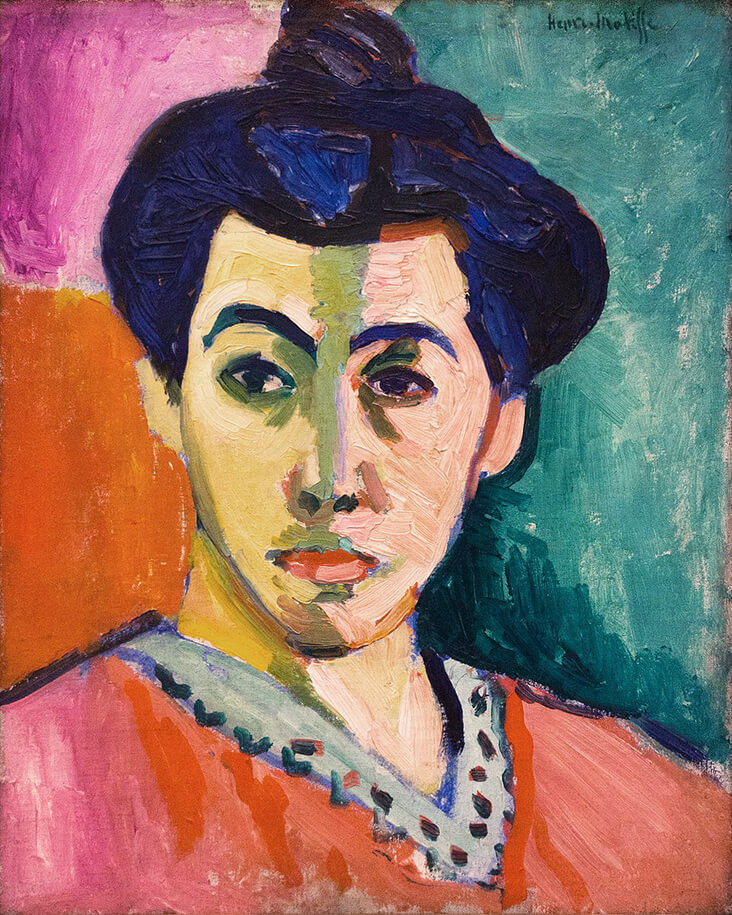
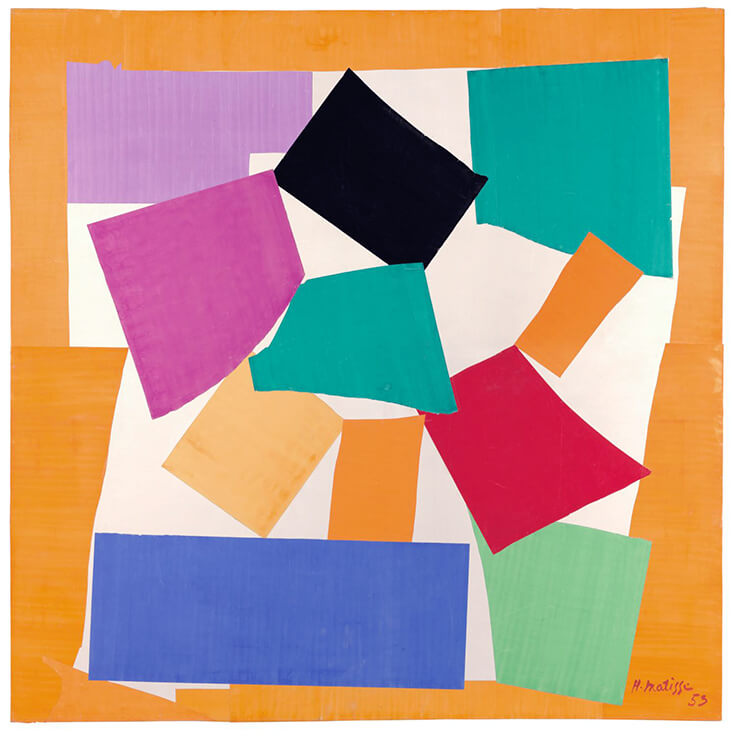










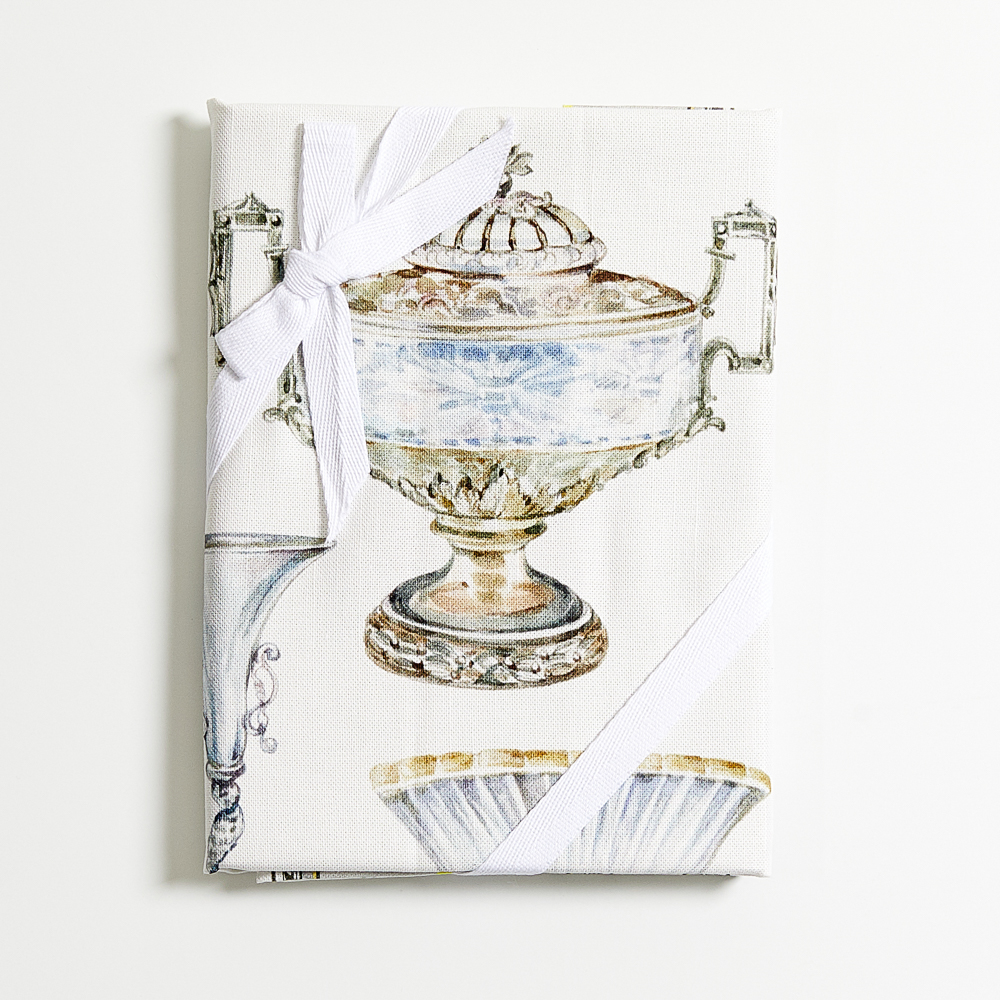














































Leave a comment